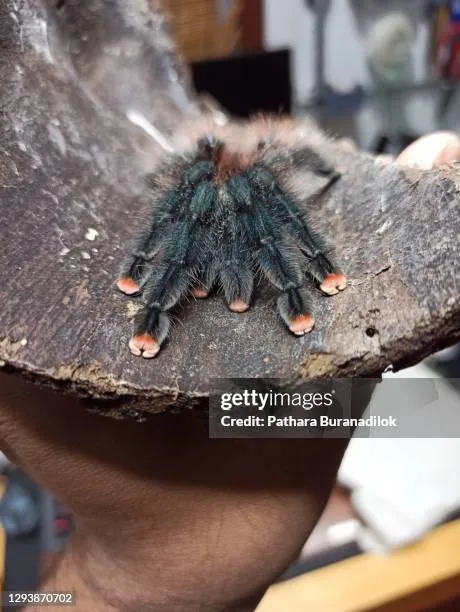What is Jumping Pink Toe Tarantula
The Pink Toe Tarantula (Caribena versicolor), a captivating arboreal species, is a favorite among tarantula enthusiasts. Originating from the Caribbean islands, they’re recognized by their striking appearance; a blend of vibrant colors, including pink tips on their toes and iridescent hues on their carapace and abdomen. While not all tarantulas jump, understanding the behavior of a Pink Toe Tarantula is crucial for responsible pet ownership. These spiders are known to be relatively docile compared to some other tarantula species, yet their propensity to jump can be a surprise to new owners. Jumping behavior is often linked to their arboreal nature, where they’ve adapted to move quickly between branches and leaves. Understanding the nuances of their behavior, including why they might jump, is paramount to providing a safe and enriching environment. This information ensures that their needs are properly met, and potential hazards are mitigated.
Why do Pink Toe Tarantulas Jump?
Jumping in Pink Toe Tarantulas is often a defensive mechanism and a reflection of their arboreal lifestyle. They haven’t evolved to be grounded hunters but instead, they have adapted to navigate their environment quickly in the trees. When startled or feeling threatened, they might jump as a way to escape potential danger, much like a bird taking flight. However, not all jumps are defensive. Sometimes, they might jump when exploring their environment, especially if something grabs their attention. The height from which they jump and the distance covered depend on several factors, including the tarantula’s size, the surface they’re jumping from, and the perceived threat level. Understanding the reasons behind this behavior helps in creating a suitable habitat and handling the tarantula safely. Owners must be mindful of their tarantula’s surroundings, ensuring they provide an environment that allows them to exhibit their natural behaviors while minimizing the risk of injury or escape.
Jumping Pink Toe Tarantula Top 5 Facts
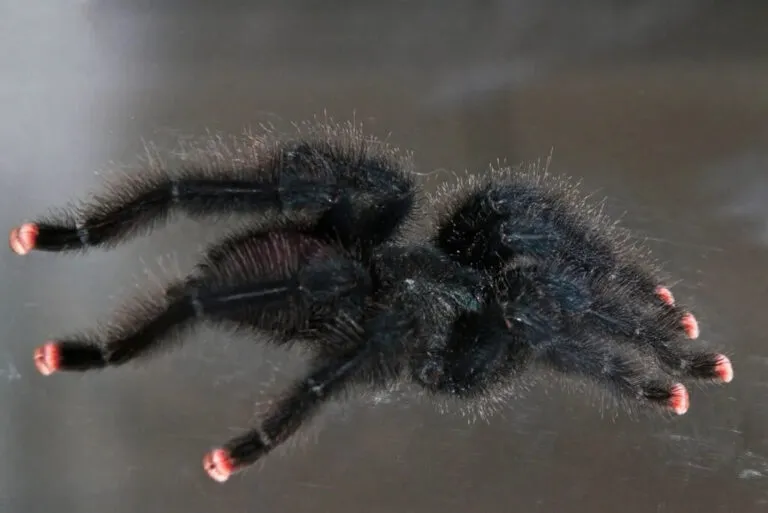
Fact 1 Appearance and Habitat
The Pink Toe Tarantula’s stunning appearance is one of its most captivating features. Adult Pink Toe Tarantulas can display a range of colors, with juveniles often showing more vibrant hues. Their namesake, the pink tips on their toes, is a defining characteristic. In the wild, they inhabit tropical rainforests, specifically the canopy of trees. They are well-adapted to living in this environment, using their excellent climbing abilities and jumping capabilities to move. In captivity, replicating their natural habitat is essential. This includes providing a vertically oriented enclosure with plenty of climbing opportunities, such as branches and cork bark. This setup caters to their arboreal nature and offers them security, reducing stress and the likelihood of jumping. Maintaining proper humidity and temperature levels is also crucial for their well-being, mirroring the conditions of their natural habitat to ensure they thrive.
Fact 2 Defensive Behavior
Pink Toe Tarantulas exhibit several defensive behaviors, with jumping being a primary one. When they feel threatened, they may jump to escape perceived danger. They are also capable of flicking urticating hairs from their abdomen, which can cause irritation to the skin and eyes of potential predators and humans. They may also raise their front legs and display their fangs in a threat posture. It is crucial for owners to understand these behaviors to handle the tarantula safely and prevent unnecessary stress. Handling should be kept to a minimum, and any interaction should be approached with caution. Slow, deliberate movements, coupled with a calm demeanor, will help to minimize the chances of triggering these defensive actions. Recognizing these behaviors allows owners to understand their tarantula’s comfort level, enabling them to create a more positive and secure environment for the spider.
Fact 3 Jumping Distance
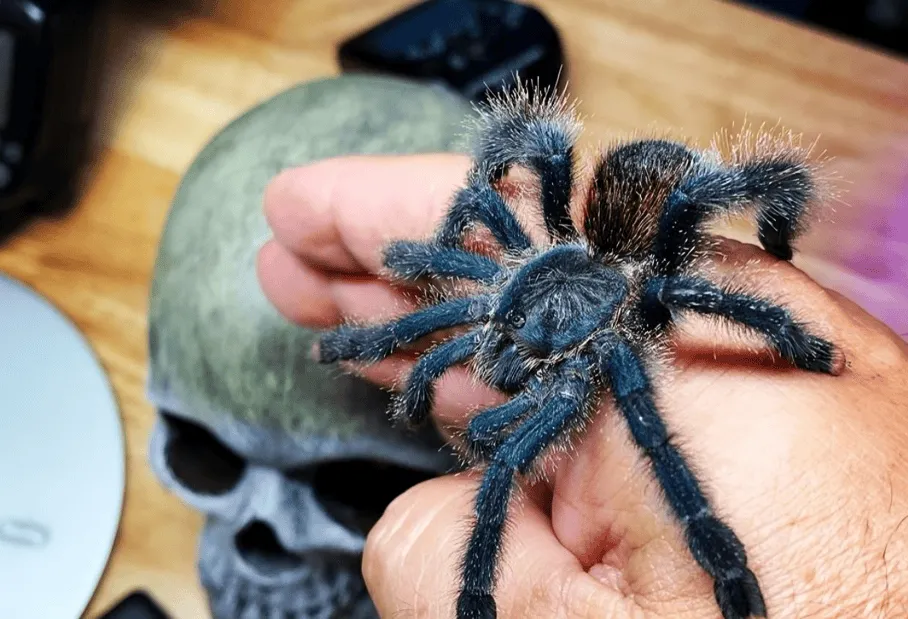
The jumping distance of a Pink Toe Tarantula can vary depending on the situation. They are capable of jumping a few inches to several inches, and sometimes even farther. The distance depends greatly on the tarantula’s size, the surface it is jumping from, and its motivation. For example, if startled by a sudden movement, they might jump a shorter distance. If trying to escape a perceived threat or hunting prey, the jump may be more substantial. It’s essential for owners to be aware of their tarantula’s jumping abilities and to secure the enclosure to prevent escapes. Ensure the enclosure is in a secure location, away from edges or heights, so any jumps will not result in injury. During handling or maintenance, always be vigilant and prepared for a potential jump.
Fact 4 Dietary Habits
Pink Toe Tarantulas are primarily insectivores, meaning their diet consists mainly of insects. In the wild, they prey on various insects found in their arboreal habitat, such as crickets, moths, and other small invertebrates. In captivity, crickets, mealworms, and roaches are common food sources. The size of the prey should be appropriate for the tarantula’s size, avoiding insects that are too large, which could stress the spider and those too small, which could leave the tarantula underfed. Feeding frequency depends on the tarantula’s age and size, with younger spiders requiring more frequent meals. It is recommended that the tarantula has access to fresh water at all times, typically provided in a shallow dish. Owners should remove any uneaten prey within 24 hours to prevent potential harm to the tarantula and the risk of mold or mites in the enclosure. A well-balanced diet and consistent feeding schedule are crucial for the health and well-being of your pink toe tarantula, contributing to its overall vitality and behavior.
Fact 5 Lifespan
The lifespan of a Pink Toe Tarantula is a significant aspect of their care. Females typically live longer than males. Female Pink Toe Tarantulas can live for 10 to 12 years or even longer under optimal conditions. Males, on the other hand, have a significantly shorter lifespan, often only living for 2 to 3 years after reaching maturity. The lifespan is influenced by factors such as diet, habitat, and overall health. Proper care, including a suitable enclosure, appropriate temperature and humidity, and a balanced diet, contributes to a longer, healthier life for the tarantula. While this may be a considerable time commitment, the joy of owning and observing these unique creatures makes the effort worthwhile, and you can create a fulfilling experience for both the owner and the spider.
How to Prevent Jumping
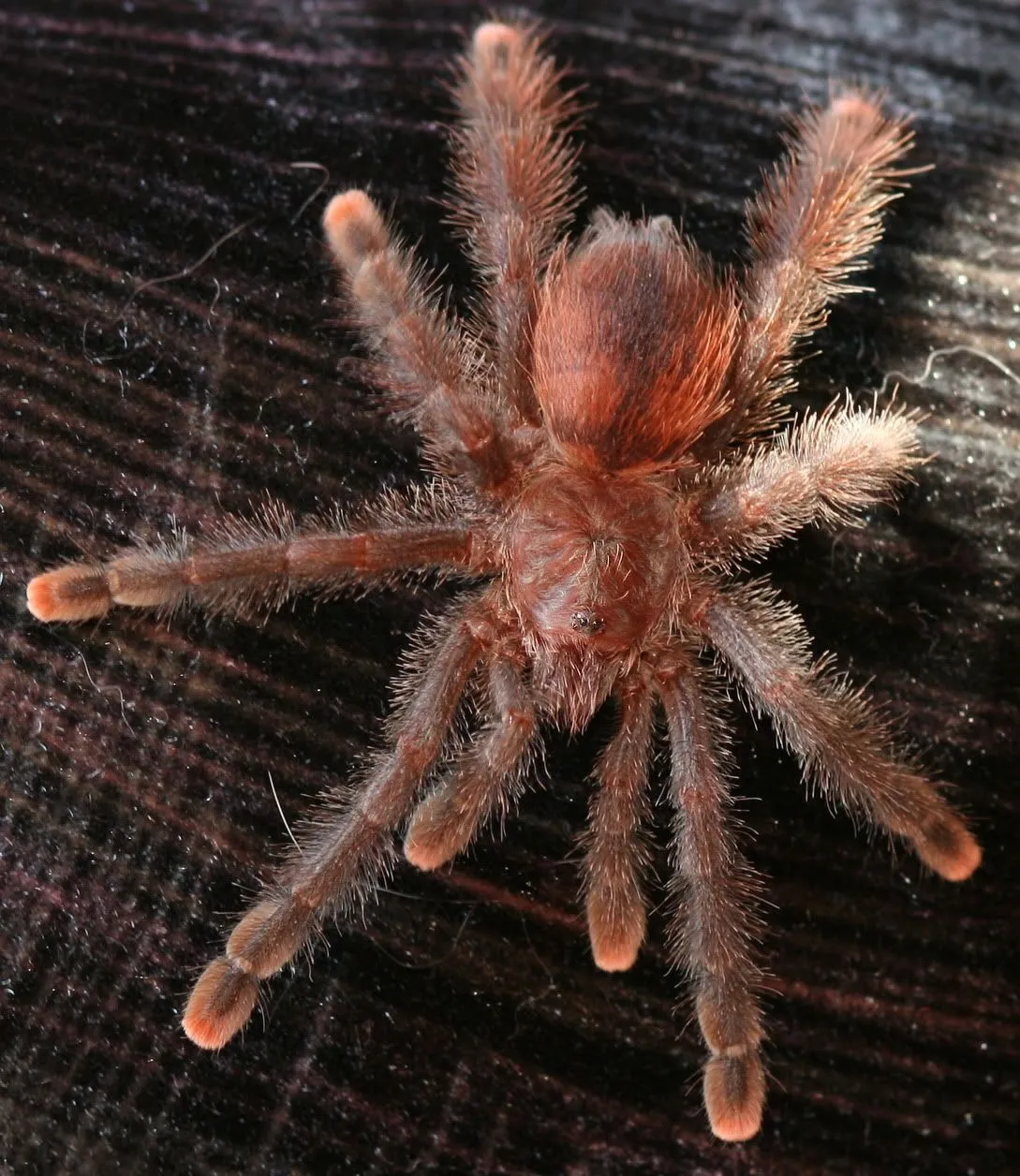
Tank Setup Essentials
A properly designed tank setup is the first line of defense against unwanted jumping. Choose an enclosure appropriate for the tarantula’s size, allowing enough space for movement and exploration. A vertically oriented enclosure is best to accommodate the arboreal nature of the Pink Toe Tarantula. The lid should be secure and escape-proof, preventing accidental escapes. Ensure the tank has good ventilation to prevent the buildup of excessive moisture and the proliferation of mold. The substrate should be a suitable material that retains humidity, such as a mix of coconut fiber, sphagnum moss, and a small amount of vermiculite. Include climbing elements like branches, cork bark, and artificial plants to mimic the natural environment and give the tarantula places to explore and hide. The tank’s secure setup minimizes stress and gives the tarantula a safe haven, thereby reducing the likelihood of jumping.
Maintaining Proper Humidity
Maintaining appropriate humidity levels is vital to the health of your Pink Toe Tarantula and can indirectly influence its jumping behavior. A hygrometer is a valuable tool to monitor humidity. The enclosure should maintain a humidity level between 70% and 80%. To achieve this, mist the enclosure with dechlorinated water several times a week, ensuring the substrate is damp but not saturated. Good ventilation is important. The humidity level is too high, and this can lead to mold growth and other health issues. Regularly monitor the enclosure and adjust the humidity as needed, based on the readings from the hygrometer. When the humidity is ideal, the tarantula remains healthy and stress-free, less prone to erratic behaviors like jumping.
Provide Secure Hiding Places
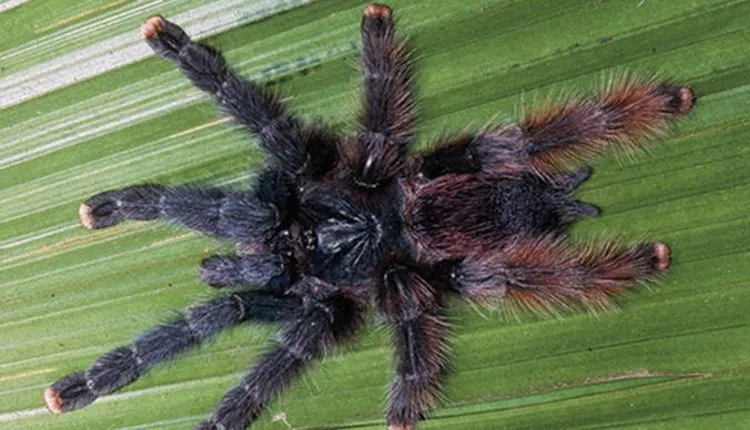
Providing secure hiding places within the enclosure is a practical method for minimizing stress and reducing the likelihood of jumping. Pink Toe Tarantulas, like most tarantulas, feel most secure when they have a retreat to which they can go when feeling threatened. Include a variety of hiding options, such as cork bark, hollow logs, or artificial plants. Ensure these hiding places are appropriately sized for the tarantula, allowing it to fully retreat and feel safe. The presence of these secure spaces gives your tarantula a sense of security, which reduces stress and makes them less likely to jump or exhibit defensive behaviors. Regularly check these hiding places and clean them as needed.
Regular Feeding Schedule
A consistent feeding schedule contributes significantly to the overall well-being of your Pink Toe Tarantula. Provide a balanced diet of appropriately sized insects at regular intervals. Underfeeding or irregular feeding can cause stress, potentially leading to erratic behavior. Younger tarantulas need more frequent feeding, usually 2-3 times a week, while adults can be fed once a week or every other week. The feeding frequency should be adjusted according to the tarantula’s growth and appetite. Remove any uneaten food within 24 hours to prevent the buildup of waste and mites. A well-fed tarantula is generally calmer and less likely to react aggressively or jump unexpectedly. A consistent and appropriate feeding schedule is thus an important factor in keeping your Pink Toe Tarantula healthy and content.
